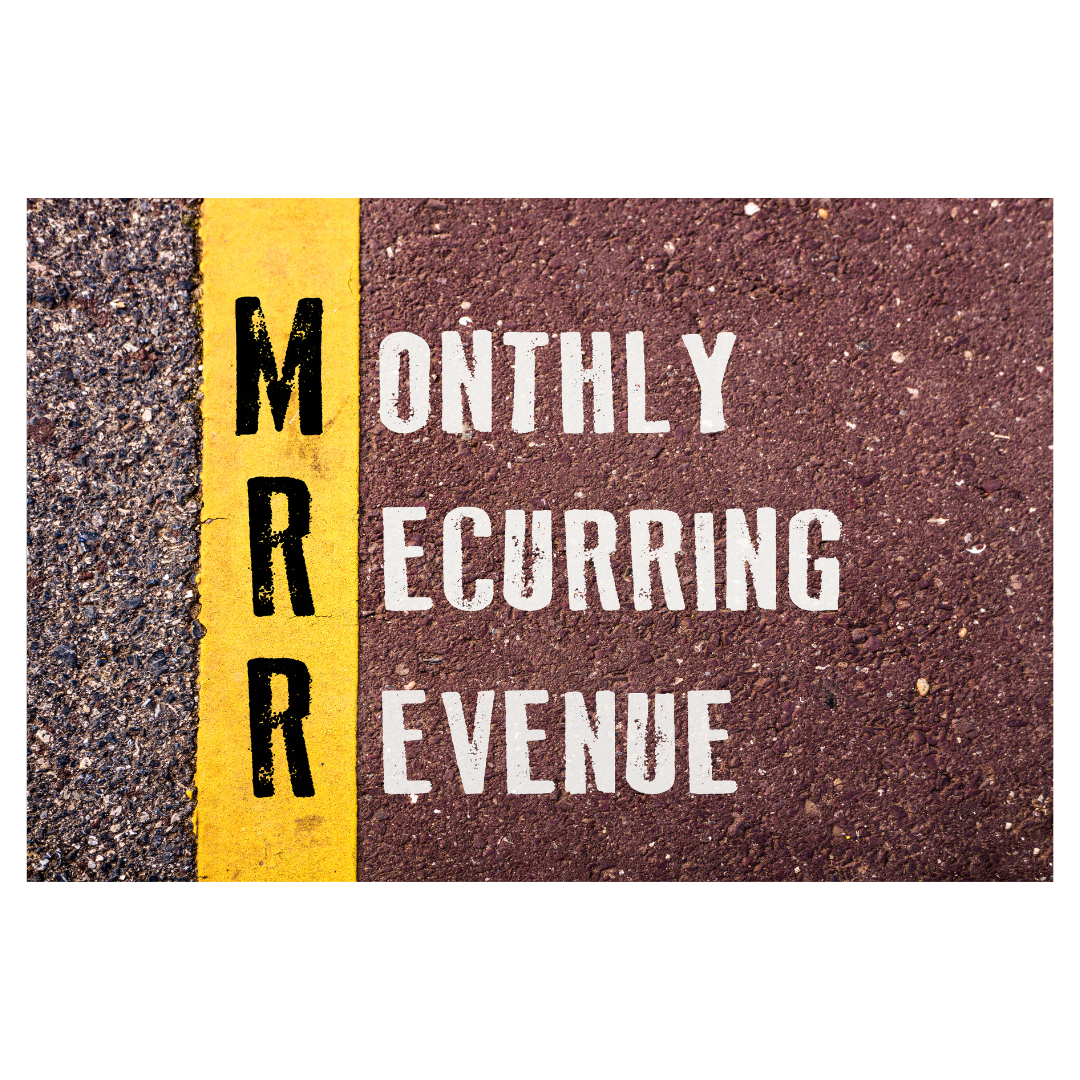Maximizing Cash Flow and Growth with Monthly Recurring Revenue (MRR) Automation
In today's fast-paced business environment, cash is undeniably king. Whether your company relies on traditional sales models or embraces recurring revenue and pay-as-you-go billing, managing cash flow efficiently is vital for CFOs. MRR automation can be a game-changer for shortening the time to cash and supporting sustainable business growth.
The Growing Importance of MRR
MRR, often associated with Software as a Service (SaaS) businesses, is important for evaluating a company's growth momentum. "MRR isn't just a metric; it's the heartbeat of the financial health of a SaaS business,” says Hector Perez, CEO of outsourced accounting firm, Quantum FBI. “Understanding and optimizing MRR is not just about dollars and cents; it's about ensuring a company's sustainable growth and the ability to provide value to its customers for the long haul."
To fully leverage MRR, CFOs must grasp its sub-types, each providing distinct insights.
New MRR: Represents revenue from acquiring new customers, excluding trial users. Adjustments for new-subscriber discounts are essential.
Expansion MRR: Signifies new revenue from existing customers through upselling or cross-selling.
Downgrade MRR: Reflects the loss of revenue when subscribers switch to lower-tier plans.
Reactivation MRR: Indicates revenue from former subscribers who return as new customers.
Churn MRR: Denotes revenue loss from subscriber attrition, a critical challenge for SaaS companies.
Contraction MRR: The sum of downgrade and churn MRR, offering a comprehensive view of revenue contraction.
The MRR Formula: MRR can be calculated using a simple equation: Total MRR = New MRR + Expansion MRR - Downgrade MRR - Churn MRR
Interpreting MRR Results
Analyzing MRR calculations provides valuable insights into your business performance. For instance, a sudden decrease in new MRR might indicate the need to reassess sales practices or pricing strategies. Accurate MRR forecasts enable you to plan your financial future effectively, aiding investment decisions and growth strategies.
Common Mistakes to Avoid
When calculating MRR, financial managers should steer clear of common errors, such as:
· Including quarterly or annual contracts in monthly calculations
· Counting trial users in MRR
· Neglecting to account for discounts.
· Including one-time, non-subscription revenues.
While MRR is a powerful metric, it has its limitations and challenges, including:
Hybrid Revenues: MRR doesn't account for diverse revenue streams, causing issues for companies with one-time sales alongside subscription services.
Revenue Heterogeneity: Different customer acquisition costs may require distinct MRR category discounts.
Intra-Period Timing Issues: MRR often lacks granularity, obscuring issues like revenue fluctuations within a month.
Managing SaaS Revenues: To optimize cash flow, CFOs must focus on managing expenses tied to revenue, known as the Cost of Goods Sold (COGS). SaaS companies typically have lower COGS than traditional manufacturers. Beyond COGS, CFOs should closely monitor expenses like taxes, marketing, and compensation, which impact earnings and ultimately determine a company's value.
In the era of recurring revenue models and digital transformation, Monthly Recurring Revenue (MRR) is an indispensable metric for CFOs. Leveraging MRR insights can help you make informed decisions about pricing strategies, customer retention, and growth opportunities. Additionally, automating billing processes can streamline cash flow, reduce errors, and support business expansion. As a CFO, your mastery of MRR and its implications can pave the way for sustainable financial health and growth in your organization.
Quantum’s finance experts can help ensure that you are reporting your MRR correctly. Contact us today.

